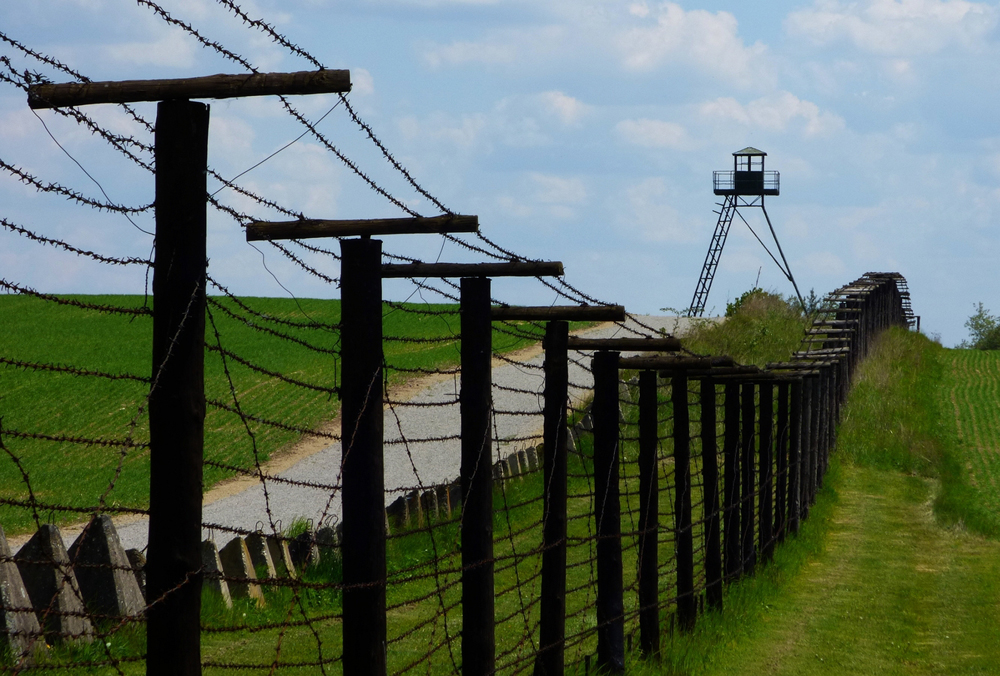
- Europe summer 1989. The Steel Fabric began to break the barrier of thousands of kilometres across the continent from top to bottom, which divided the east of the Warsaw Pact and the west of NATO’s influence.

On 19 August, Gyula Horn, a member of the Hungarian opposition, with the support of the Austrian government, organised a “pan-European picnic” on the border between Austria and Hungary. Thousands of people crossed the border that day and, faced with the influx of people, the Hungarian Army decided that it was dangerous to intervene. The next day they closed the border again. On 11 September, however, the border section between the two countries would be finally opened. And in November, when the Berlin Wall was torn down, there was symbolically the end of the Iron Curtain. Poland was the first time that the Socialist Government withdrew. The others came behind.
For four decades, the barrier was an obstacle for humans. For many other species, however, it was a space of freedom. The border between the two blocs is usually related to death – in the Berlin section “alone” killed between 125 and 200 people in an attempt to cross the wall – but in the long strip of land life broke out. Without agricultural, constructive or human activity, the plant species and animals typical of the site multiplied a lot around the spinous wires and surveillance towers. And before, about 600 very scarce species also occupied the space: the otters, the black storks, the pearl mussels, the Arvalis frogs, the brown jarras, the shepherds, the Paphiopedilum orchids… began to appear more and more often in the narrow green paradise that was forbidden for humans.
In the 1970s, the images of the first satellite showed that the militarized border between Finland and the USSR was covered by dense forests. And on the border that divided Germany, there was an ornithological study that concluded that biodiversity was very large. After the fall of the curtain, one-off initiatives to protect the area were gradually launched.
The Old Steel Fabric has a length of 12,500 km and runs 24 states and 8 biogeographical regions between Lapland and the Balkans. Around 15 years ago, the European Green Belt initiative was launched, which would later be called EuroVel13 and others. They all seek to protect the natural space, but also so that human beings can take advantage of it, for example, by adapting bicycle itineraries. It remains to be seen whether the two objectives are compatible or whether the only way to really keep protecting the unexpected treasure is if the ban and the wire are thorns.